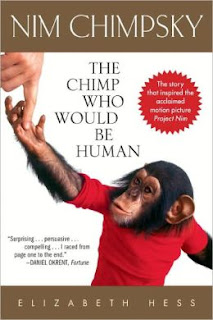 Edgar, the Anthony, and The Strand Magazine Critics Award. The newly released Helsinki Blood is the fourth novel in the Inspector Vaara series.
Edgar, the Anthony, and The Strand Magazine Critics Award. The newly released Helsinki Blood is the fourth novel in the Inspector Vaara series.Earlier this month I asked Thompson about what he was reading. His reply:
I’m researching my novel in progress, so these all get lumped together, a small library of tarot reading and magick. I’ll list them by level of difficulty:Visit James Thompson's website and blog.
Tarot for Beginners: A Practical Guide to Reading the Cards
Barbara Moore
Tarot Basics
Janet Boyer
The Pictorial Key to the Tarot
Arthur Edward Waite, Matthew Vossler, Pamela Colman Smith, Matthew Vossler, Pamela Colman Smith
The Golden Dawn: The Original Account of the Teachings, Rites & Ceremonies of the Hermetic Order (Llewellyn's Golden Dawn)
Israel Regardie
Grimoire of Aleister Crowley
Rodney Orpheus, Lon Milo Duquette, Cathryn Orchard
I began studying the occult a decade ago, from an academic standpoint, while working on my Master’s degree. As an academic, I’m a Yeatsian; William Butler Yeats was a member of the Golden Dawn, and so studying the Golden Dawn was necessary to gain an understanding of Yeats’s symbolism. Crowley was once a member of the Golden Dawn, but took a different path. I decided to put this knowledge to use in a novel, and so have had to change my way of approaching these occult studies from that of an academic to that of apractitioner. These five books could be considered a condensed journey from the initiate to the adept. At the moment, I’m trying to decide what is the most economical and necessary to bring that journey to life in the novel.
I also have two novels by Jo Nesbø and Cold Lonely Courage, by Soren Petrek loaded in my e-reader, waiting for when I need a break from my studies.
The Page 69 Test: Snow Angels.
The Page 69 Test: Helsinki White.
Writers Read: James Thompson (April 2012).
My Book, The Movie: Helsinki White.
--Marshal Zeringue





















































